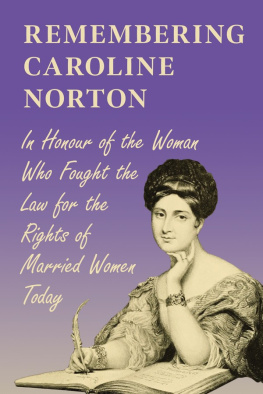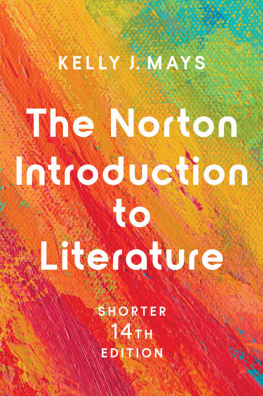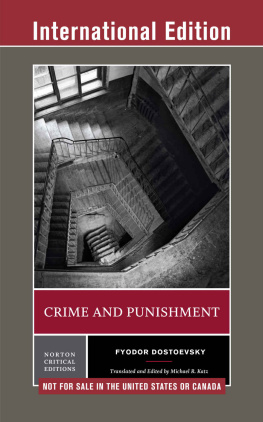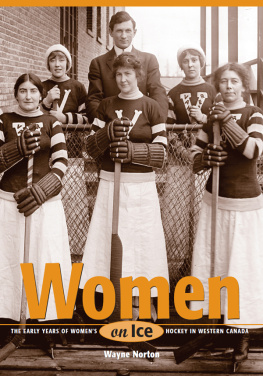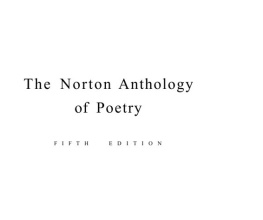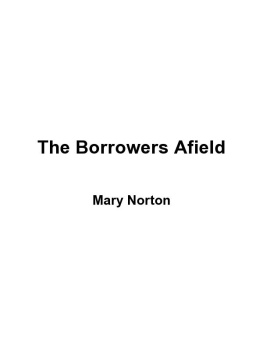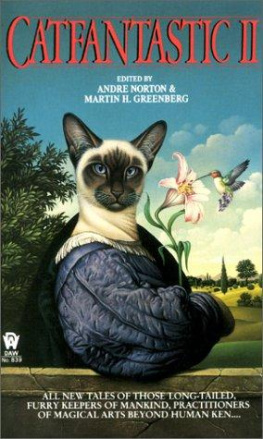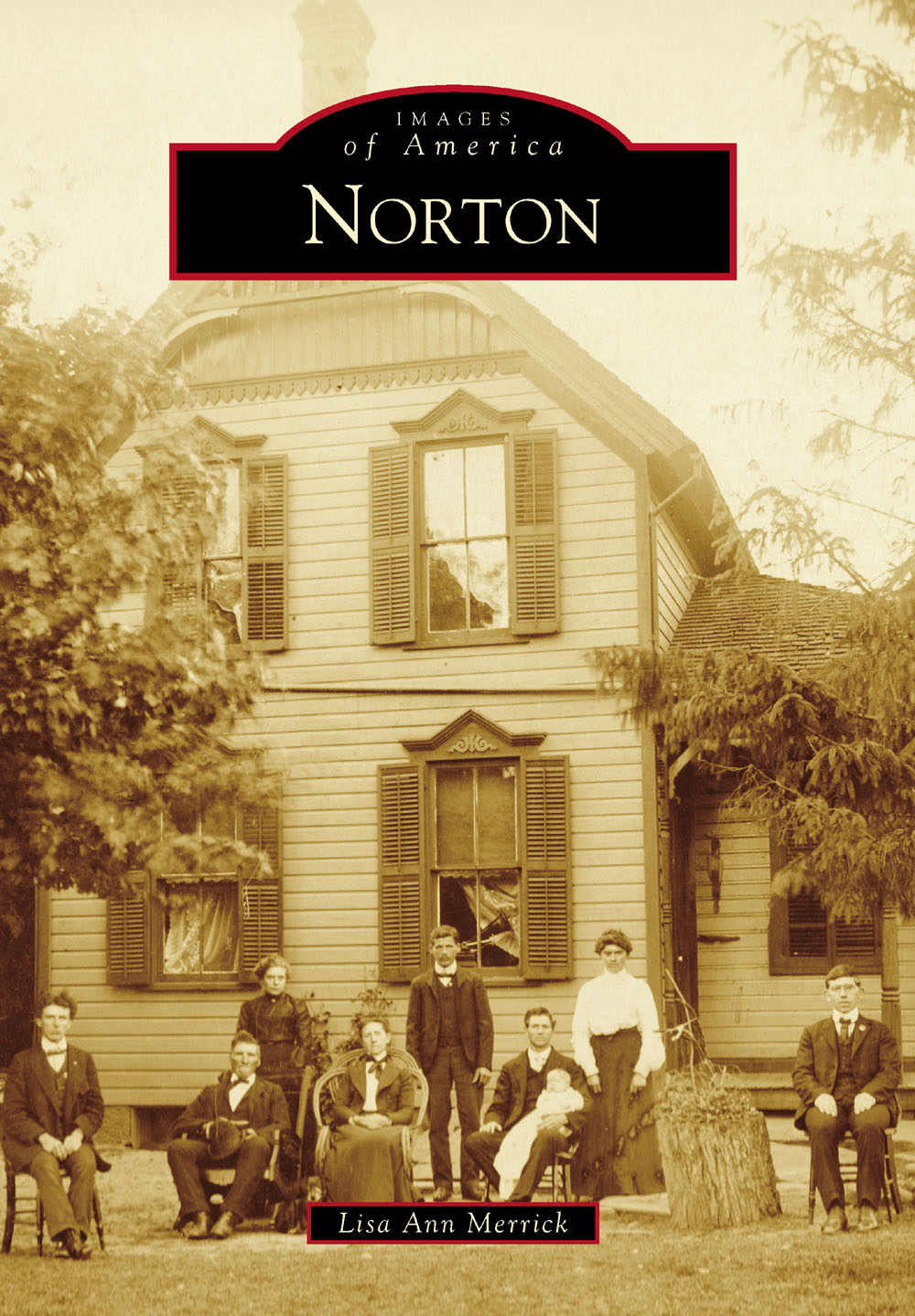
IMAGES
of America
NORTON

Surveyed by Joseph Darrow in 1810, Norton Township became Town 1, Range 12 in the Western Reserve, a portion of land claimed by the Colony of Connecticutand later, by the State of Connecticutin what is now mostly part of the northeastern region of Ohio. Norton was named after Birdsey Norton, one of the original landowners of the township. (Courtesy of Combination Atlas Map of Summit County, Ohio.)
ON THE COVER: In the early part of 1900s, the McCoy family poses for a photograph at their 86-acre home at 3215 Clark-Mill Road. Pictured here are, from left to right, (first row) Norm Miller, George McCoy, Amelia Falor McCoy, Norm Miller and his sons Ervin (being held) and Ernest McCoy; (second row) Myrtle McCoy and her husband Henry Zeisick, and Elsie McCoy Miller. The farm was known for its dairy, hay, and geese. (Courtesy of Norm Kendall.)
IMAGES
of America
NORTON
Lisa Ann Merrick

Copyright 2015 by Lisa Ann Merrick
ISBN 978-1-4671-1441-7
Ebook ISBN 9781439652459
Published by Arcadia Publishing
Charleston, South Carolina
Library of Congress Control Number: 2015931844
For all general information, please contact Arcadia Publishing:
Telephone 843-853-2070
Fax 843-853-0044
E-mail
For customer service and orders:
Toll-Free 1-888-313-2665
Visit us on the Internet at www.arcadiapublishing.com
I dedicate this book to my father, Archer J. Merrick, and to my mother, Janet A. Boots Merrick, who brought me to Norton and to the Norton Historical Society.
CONTENTS
ACKNOWLEDGMENTS
This photographic history of Norton showcases many images that have not been previously published. It includes images and research on places and people from around the 1800s up to the present. Looking around every nook and cranny of Norton, I tried to include as many families, businesses, and school images of historical interest as possible.
Without the vast records, scrapbooks, genealogies and photographs donated to the Norton Historical Society, Biery House and Museum made available to me, this book may not have come to fruition. The society had an idea for a book to be published for years, and I decided to take it on as a personal mission, hopefully one of which the community will be proud.
I want to extend a special thank-you to our museum curator and my friend, Patricia Snyder, for lending her support and guidance through the entire process.
I would like to thank my brother Christopher Merrick of CM Graphics and Kathie Schaffner at Power Graphics for being patient with my requests for help. Thanks especially to Ann Campbell for computer tutorials to help streamline my efforts.
Thank you Janean Skiles Ray, Kim Nevling Zita, Kelly Holderbaum, and Claude Collins for promoting interest and digging for facts. Thank you Maggie Abbott for hunting down images, and John Janovec Jr. for his hours of research regarding our town founder.
I would also like to thank Rodger Ramsthaler, Chuck Miller, William Blackburn, Dr. Robert Hemphill, Virginia Swain Knox, Betty Bodo, Denise Emery, Stephanie Whims, Christine Daniel, Tim Brenner, Wayne Pressler, Lori Lewis Pfahler, Mauri OBrodo, Mike and Marcia Lucas, Weldon Shot Bauer, Crystal Noel Bassett, Karen Merlo, and June Witchey Patera for taking the time to either meet with me or sending materials to me for this publication.
To all of the above, a heartfelt thanks.
Unless otherwise noted, all images are courtesy of the Biery House and Museum.
INTRODUCTION
Norton was originally a part of Wolf Creek Township, which consisted of present-day Norton and Copley in Summit County and Wadsworth, Sharon, Guilford, and Montville in Medina County. Norton was organized in 1816 with an election held that April, with Henry Van Hyning Sr. and Salmon Warner selected to be the first justices of the peace. Philemon Kirkham was elected town clerk, and Nathan Bates, Jacob Miller, and Abraham Van Hyning were elected trustees. In 1818, Norton Township was organized.
History notes that Norton was founded on some of the finest land and was recognized as an agricultural community dotted at one time with various large farms. The land is diverse, including areas of sandy loam, which makes the optimum soil for agricultural purposes. Included in this area are the muck areas in the eastern portion of the township.
The coal industry was important. In 1825, the first mine was opened in the southwest section, with hundreds of thousands of tons mined near the hamlet of Sherman (Dennison Station) by the Nypano Railroad.
Within Norton, there were seven small hamlets, which still remain enclosed within the city as a reminder of the founding citizens and their unique small communities. The hamlets within the community making up Norton each had their own industries, churches, schools, and stores. The hamlets are as follows: Norton Center, Western Star, Loyal Oak, Hametown, Sherman (Dennison Station), Johnsons Corners, and New Portage. New Portage was wiped out by an epidemic of black plague, or tongue fever, in 18261827.
The very early pioneer residents of Norton found that there were numerous obstacles to subsistence in the region. First, they had to have a roof over their heads, in addition to a few acres of cleared land to grow the absolute necessities to live by and feed the few animals they brought with them.
As soon as they had shelter and food, many early settlers set up some kind of small business; the income of which enabled them to live a bit easier. Sawmills, gristmills, tanneries, and blacksmith shops were the most important of the early industries in the village.
The first sawmill was built by Thomas Johnson at Johnsons Corners in 1823. Early settlers were able to bring logs they cleared from their farms and have them converted into lumber to build barns and houses. Johnson also built the first gristmill around 1830. The second sawmill was built by Hezekiah Ward on Hudson Run in the northwest corner of the township. In 1837, Nathan Seiberling built a large sawmill farther down Hudson Run.
Around 1830, the first tannery was opened in Western Star, operated by Lebbens Hoskinson, along with the first blacksmith shop opened by Samuel Baker.
These first industries provided Norton-area residents with vital services. The proprietors and operators of these early businesses had to be men of considerable mechanical ingenuity, as they did not have a machine shop or parts facility available. Machinery had to be kept in operation with whatever they could improvise.
Nathan Seiberling settled in Norton and brought with him some German mechanical ingenuity when he started his first sawmill and tried a new kind of saw: a geared muley saw. It was designed to cut much faster than the saws used by other mill operators.
Two of Nathan Seiberlings grandsons, Frank A. and Charles W., were born in the Seiberling home in Western Star, and after serving an apprenticeship with their father, John Seiberling, struck out in the industrial world for themselves. In 1898, Goodyear Tire and Rubber Company was organized by these brothers and grew to become one of the largest rubber companies in the world.
North of Loyal Oak, on Reimer Road, was another man growing up to be destined to head one of the largest companies in the world. Edwin J. Young was born in 1857, the son of Charles Young, who had come to Loyal Oak area from Pennsylvania. Youngs enthusiasm and determination served him well as he became the manufacturer of injectors, valves, paper products, salt, and matches with his Ohio Match Company.
Next page


